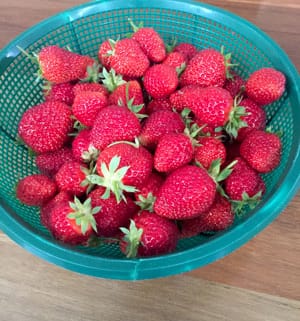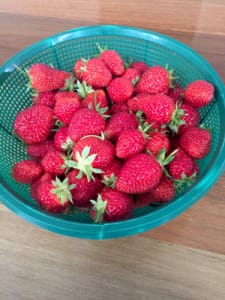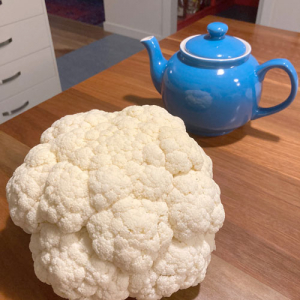Berry delicious
Often overlooked when selecting food plants for the garden is the extensive range of berries that are available in the marketplace for the home gardener. Always available during the winter period as bare-root plants but more varieties are now being made available as plants in pots with well-established roots and can be planted, near enough, all year around.
Although some can take up a fair bit of room in the garden it is best to select a site where they can be grown undisturbed for many years, similar to the regular-sized fruit trees we might grow in our gardens.
Most of the varieties can share the same patch of ground as each other as they prefer similar soil and growing conditions to each other. The only exception is blueberries that tend to prefer a more acidic soil than other species.
Soil preparation consists of a generally well-drained position with an alkaline pH. Full sun is important as is soil with added well-rotted animal manure to achieve good structure and texture.
The site should be generally fenced and covered to keep birds and animals away from the ripening fruit and structures should be built to support the vines.
Blueberries: These are probably the most widely grown group of berries in the Australian berry market and are best suited to an acid pH soil with some protection from extended periods of extreme summer heat.
There are several varieties that suit our climate and, when selecting your varieties, purchase five or six different ones that will fruit from November though to March thus not providing a glut of berries at the one time. They are a shrub and can be planted even amongst other garden plants.
Other shrub-like forms of berries include currants, with black, red and white varieties available, and English gooseberries.
Raspberries: This group of berries has slightly different needs to grow as they require a support to grow on, generally a fence-like structure with three or more strands of wire spaced evenly apart so the canes can be gathered together and not just ramble across the ground. Like all berries they require a sunny position and need to be protected from birds.
Other shrub-like forms of berries include currants with black, red and white varieties available and gooseberries.
The soil should be well-drained and a well-rotted animal manure added to increase the texture and structure of the soil.
There are generally about four varieties available including summer and autumn ripening varieties. Varieties include Chilcotin, Heritage, Autumn Bliss and Chilliwack.
Varieties of brambleberries similar to raspberries that are available include some more unusual types: marionberry, silvanberry, youngberry and thornless blackberry. The blackberries are compact growing and non-invasive.
Strawberries: There are many varieties available in the marketplace today and they can be purchased either barerooted in the winter or as container-grown plants when the weather warms up. Unlike the berries mentioned above, that are long-time growing plants, strawberries should be replaced every four years or so as they tire and become unthrifty. Again, like all food-producing plants they require a well-drained, compost-enriched soil and need to be protected from slugs and snails. There are some great varieties available including: Big Sweetie, Sumo, Tioga and Red Gauntlet. And there are a couple of newish varieties that have flavours like pineapple and bubblegum – great for the kids.
There is much to know about growing all these amazing berries and a trip to your local nursery will help you in making your decision as to what to grow.
Most good nurseries should have supplies of all these varieties available now in pots so the decision to get them into the ground soon will have you eating them by the end of the year.



